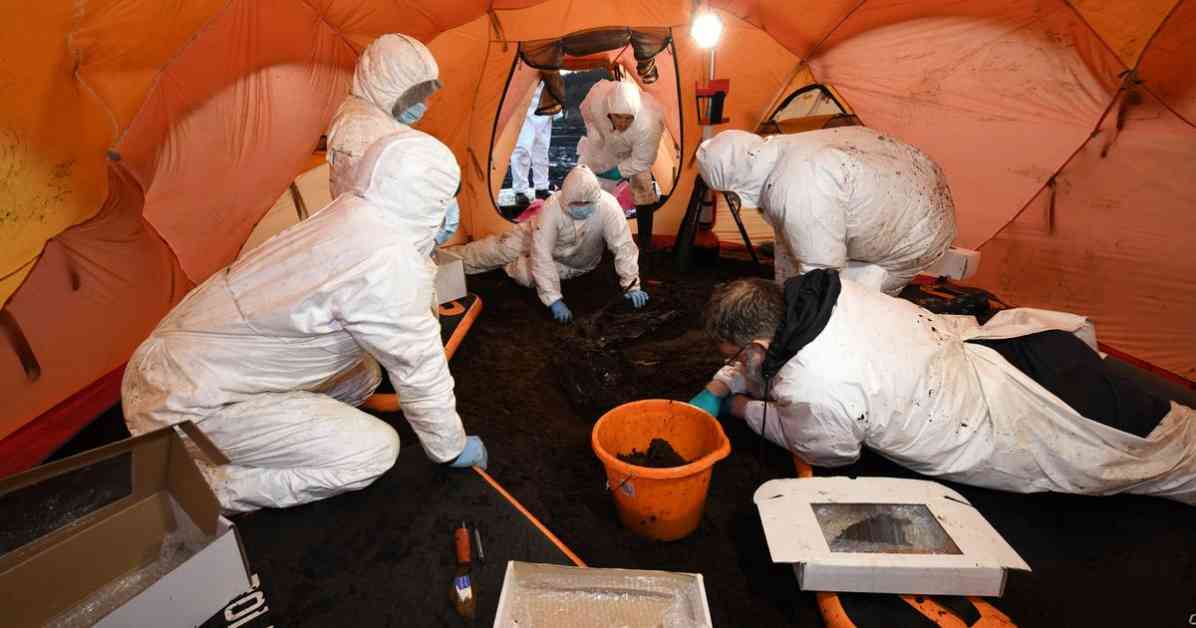In a stunning archaeological discovery, the well-preserved remains of a young woman were found in a Co Derry bog in 2023, shedding light on ancient practices that may have included ritualistic sacrifices during the Iron Age period. The remains, now dubbed ‘Ballymacombs More Woman’, were initially believed to belong to a teenage boy who lived 2,000 to 2,500 years ago. However, further research revealed that the remains likely belonged to a young woman aged between 17 and 22 years, making this find one of the most significant archaeological discoveries in Ireland.
Collaborative Research Unveils Surprising Details
A collaborative effort led by National Museums NI involved various organizations across the UK, Ireland, and Europe to unravel the mysteries surrounding the ancient remains. Experts from Queen’s University Belfast conducted radiocarbon dating, determining that the remains date back to approximately 343 BCE to 1 BCE. Osteoarchaeological analysis revealed that the body belonged to a female individual, a rarity among bog-preserved remains from that era, with an estimated height of around 5ft 6in.
The absence of the skull, along with cut marks on the neck vertebrae, indicated that the cause of death was an intentional decapitation, possibly as part of a ritualistic sacrifice. A plant-based fabric found below the knees is thought to be an associated artifact, sparking speculation about its significance in the context of Iron Age practices. Similar instances of ritual sacrifice have been observed in other bog bodies discovered in Ireland, further highlighting the cultural and historical significance of the find.
Expert Insights and Ethical Considerations
Eileen Murphy, a Professor of Archaeology at Queen’s University Belfast, conducted the osteological assessment, providing valuable insights into the biological profile of the individual and the circumstances surrounding her death. Describing the analysis as both important and poignant, Murphy noted the violent nature of the young woman’s demise, involving blood flow from her throat followed by decapitation. The head was reportedly taken away, leaving the body to be discovered centuries later by modern-day workers.
Hannah Crowdy, the Head of Curatorial at National Museums NI, emphasized the importance of collaboration and the role of museums in preserving and sharing our rich heritage. As the remains undergo preservation treatment, the conservation team is working diligently to ensure the artifact’s long-term protection and continued study. Crowdy highlighted the educational value of such discoveries, offering unique insights into past societies and cultural practices that may seem foreign yet enlightening to contemporary audiences.
As the Ballymacombs More Woman’s story unfolds, it serves as a poignant reminder of our shared humanity across time and space. This Saturday, a symposium at the Seamus Heaney HomePlace will provide a platform for experts to delve deeper into the archaeological significance of the find, bridging the gap between ancient practices and modern-day scholarship. Through ongoing research and collaboration, we continue to unravel the mysteries of our past, honoring the lives and stories of those who came before us.




